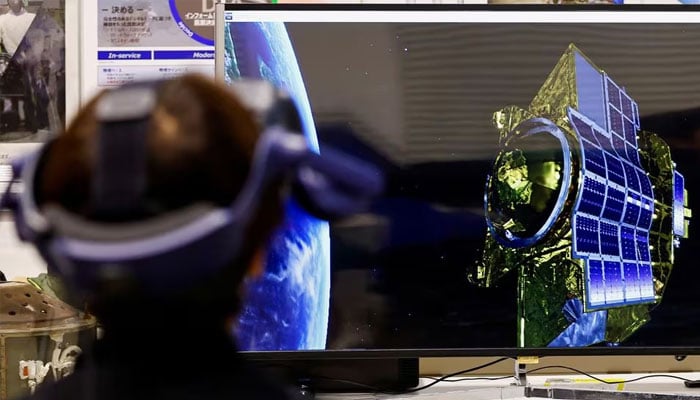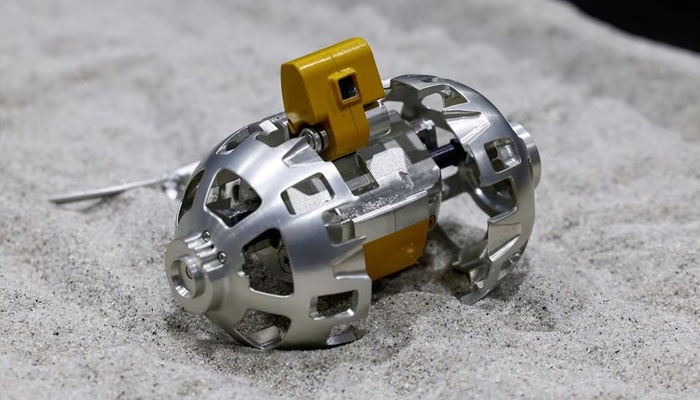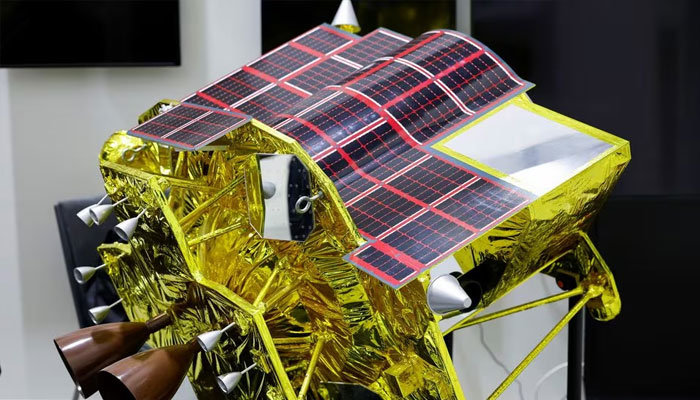Japan lands on moon as its SLIM spacecraft hits target site like 'sniper'
Japan becomes only fifth country to land on lunar surface
January 19, 2024

Japan's precision landing attempt for its lunar probe, the Smart Lander for Investigating Moon (SLIM), has landed on the lunar surface, making Japan the world's fifth nation to achieve a moon landing.
With the nickname "moon sniper," SLIM landed within 100 meters of its target, a remarkable improvement over conventional accuracy. The Japan Aerospace Exploration Agency (JAXA) initiated an autonomous 20-minute descent from 15 km above the moon's surface.
The landing technology employed by SLIM is deemed crucial for future exploration of the moon's hilly poles, potentially rich in oxygen, fuel, and water—essential elements for sustaining life. JAXA anticipates up to a month for verification of SLIM's high-precision landing success.

While Japan seeks a more prominent role in space, recent setbacks in rocket development have posed challenges. The failure of its flagship rocket H3 in March led to widespread delays, affecting missions like SLIM and a joint lunar exploration with India. SLIM's success would not only contribute to Japan's technological advancement but also elevate its status in the global space arena.

Ritsumeikan University professor Kazuto Saiki emphasises that SLIM's precision landing will maintain Japan's technological excellence. SLIM, with a lightweight design and advanced features, holds the potential to reduce costs and make lunar missions more accessible globally.
SLIM descended into the moon's surface utilising "vision-based navigation" to recognise its location, ensuring a precise touchdown. The successful mission could pave the way for future lunar exploration, making moonshots more feasible for space organisations worldwide.
Alongside its primary mission, SLIM deploys mini-probes, including a hopping vehicle and a wheeled rover, developed in collaboration with tech giant Sony Group, toymaker Tomy, and Japanese universities.
The ambitious lunar mission comes at a crucial time, as Japan aims to play a pivotal role in space exploration and contribute to future international ventures.











